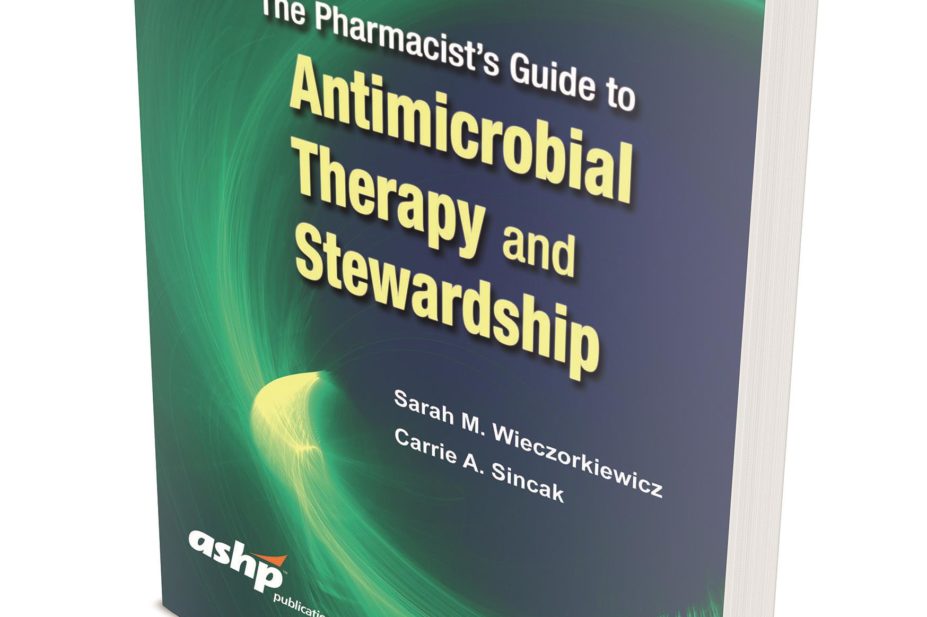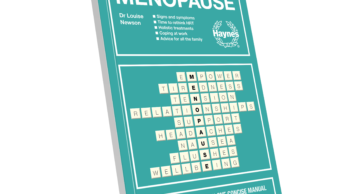
The authors of this book define antimicrobial stewardship as the optimisation of safe, judicious and appropriate use of antimicrobials in enhancing clinical outcomes while minimising unintended consequences and reducing overall healthcare costs.
This guide sets out to provide a simplified, comprehensive and quick reference on the most commonly encountered infectious diseases and treatment regimens to assist pharmacists to evaluate and manage patients with suspected or confirmed infections. The content is divided into five parts: describing the evaluation of patients with suspected infections; possible sources of infection and likely causative organisms; treatment programmes; patient or disease specific factors that affect decision making; and stewardship interventions, including patient reassessment or monitoring.
The part of the book devoted to sources of infection and likely causative organisms is in a tabulated format that includes: diagnostic criteria, clinical presentation, symptoms, most commonly offending pathogens, treatment and monitoring recommendations and duration of therapy. Clinical pearls are found throughout this section.
Pharmacists have a responsibility to take a prominent role in antimicrobial stewardship programmes and participate in infection prevention and control initiatives in healthcare settings. To support this, the stewardship section of the book covers the development of an antimicrobial stewardship team and how to maintain a programme. It begins with the rationale for antimicrobial stewardship and then goes on to describe the unintended consequences of antimicrobial misuse or overuse, the purpose and goals of antimicrobial stewardship, key stakeholders and their roles, descriptions of specific interventions, information on how to monitor and report data and a general approach to the delivery of educational programmes.
A minor irritation is the long-winded titles introducing each part of the book and the inappropriate use of upper case letters for each word in the title, for example: “What Is the Suspected Source of Infection and What Organisms Are Typically Associated with Infection at This Site?”
This book will be of value to practising pharmacists, enhancing their knowledge of infectious disease management and influencing their decision making while offering pharmacy students a step-by-step guide to good practice in this important area of healthcare.
Laurence A. Goldberg
References
‘The pharmacist’s guide to antimicrobial therapy and stewardship’, by Sarah M. Wieczorkiewicz and Carrie A. Sincak. Pp xvi+228. Price $25. Maryland: American Society of Health-System Pharmacists; 2016. ISBN 978 1 58528 519 8


